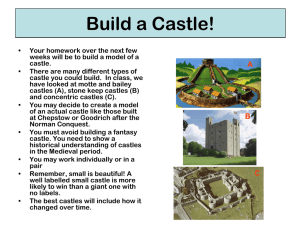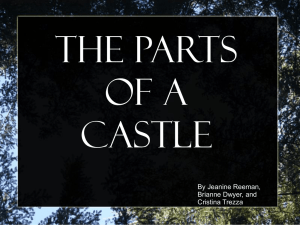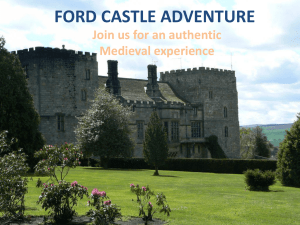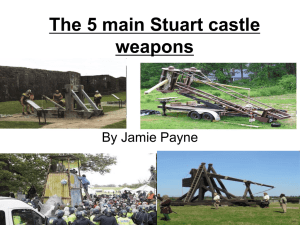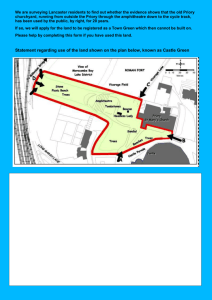Medieval Castle Assignment
advertisement
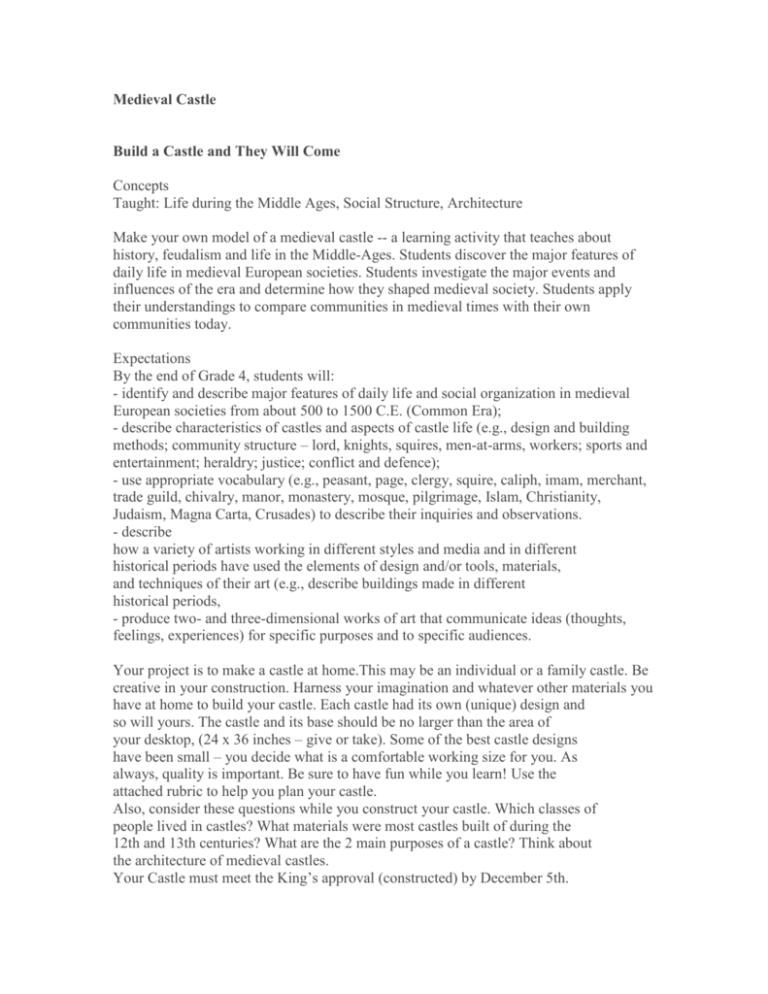
Medieval Castle Build a Castle and They Will Come Concepts Taught: Life during the Middle Ages, Social Structure, Architecture Make your own model of a medieval castle -- a learning activity that teaches about history, feudalism and life in the Middle-Ages. Students discover the major features of daily life in medieval European societies. Students investigate the major events and influences of the era and determine how they shaped medieval society. Students apply their understandings to compare communities in medieval times with their own communities today. Expectations By the end of Grade 4, students will: - identify and describe major features of daily life and social organization in medieval European societies from about 500 to 1500 C.E. (Common Era); - describe characteristics of castles and aspects of castle life (e.g., design and building methods; community structure – lord, knights, squires, men-at-arms, workers; sports and entertainment; heraldry; justice; conflict and defence); - use appropriate vocabulary (e.g., peasant, page, clergy, squire, caliph, imam, merchant, trade guild, chivalry, manor, monastery, mosque, pilgrimage, Islam, Christianity, Judaism, Magna Carta, Crusades) to describe their inquiries and observations. - describe how a variety of artists working in different styles and media and in different historical periods have used the elements of design and/or tools, materials, and techniques of their art (e.g., describe buildings made in different historical periods, - produce two- and three-dimensional works of art that communicate ideas (thoughts, feelings, experiences) for specific purposes and to specific audiences. Your project is to make a castle at home.This may be an individual or a family castle. Be creative in your construction. Harness your imagination and whatever other materials you have at home to build your castle. Each castle had its own (unique) design and so will yours. The castle and its base should be no larger than the area of your desktop, (24 x 36 inches – give or take). Some of the best castle designs have been small – you decide what is a comfortable working size for you. As always, quality is important. Be sure to have fun while you learn! Use the attached rubric to help you plan your castle. Also, consider these questions while you construct your castle. Which classes of people lived in castles? What materials were most castles built of during the 12th and 13th centuries? What are the 2 main purposes of a castle? Think about the architecture of medieval castles. Your Castle must meet the King’s approval (constructed) by December 5th. Your Rubric Will your castle be a 4, 3, 2 or 1? 4. The castle shows lots of imagination and creativity. It looks and feels like stone or wood. From looking at the castle, we can see that you used books or pictures to guide you. It is neatly done with many extra details. 3. The castle shows imagination and creativity. It looks like stone or wood. It is neatly done with extra details. 2. Your castle is done but some parts lack quality. It's hard to tell if it's wood or stone. It has few details. 1. Your castle is done but lacks quality. You can't tell if it's wood or stone. There are no details. Your Notes 1. I made my castle design with _____________________________________________ 2.The materials I used were _______________________________________________ ______________________________________________________________________ ______________________________________________________________________ 3. It was (a family, my) project.. 4. I (always, sometimes, never) worked on this project with my family.. 5. It took about _________ hours to complete the castle. 6. I rated my project a ____ because ______________________________________________________________________ ______________________________________________________________________ 7. My teacher rated my project a ____ because ______________________________________________________________________ ______________________________________________________________________


